Entrepreneurial Athletics
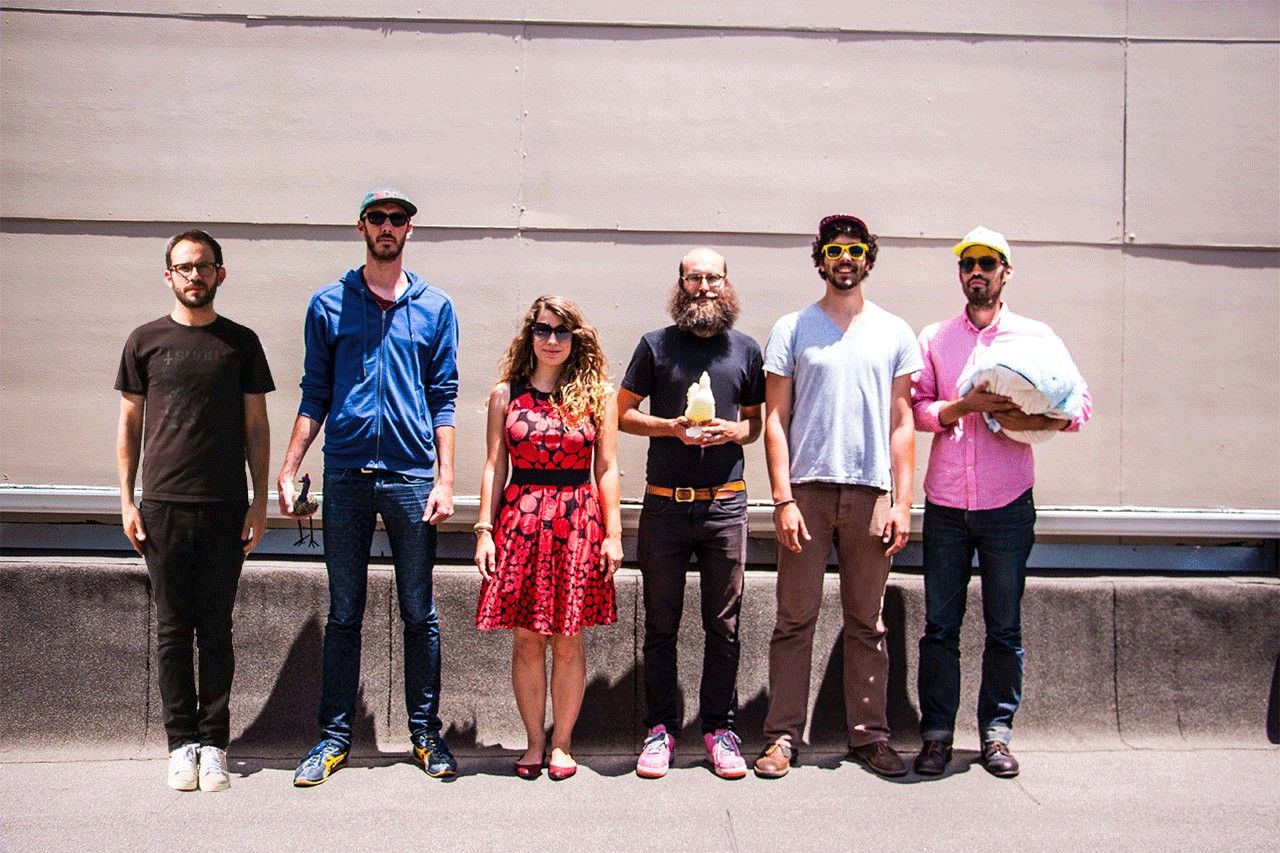
In honor of GoPop’s 2.0 launch, we thought we’d share their story thus far.
GoPop allows people to express themselves and communicate with each other visually, with interactive, two-sided “pops” made up of images, videos, and gifs. The team (formerly called Zeega) are alumni from the very first class of Matter.
Entrepreneurial Athleticism
noun
a mindset and practice of fully committing to a human-centered, rapid prototyping process in order to sprint towards creating a desirable, feasible, and viable outcome; ability to adapt to new learnings and feedback quickly and productively; no reluctance with respect to cutting unimportant or irrelevant features
see Fail Fast
see Fail Forward
see Be Scrappy
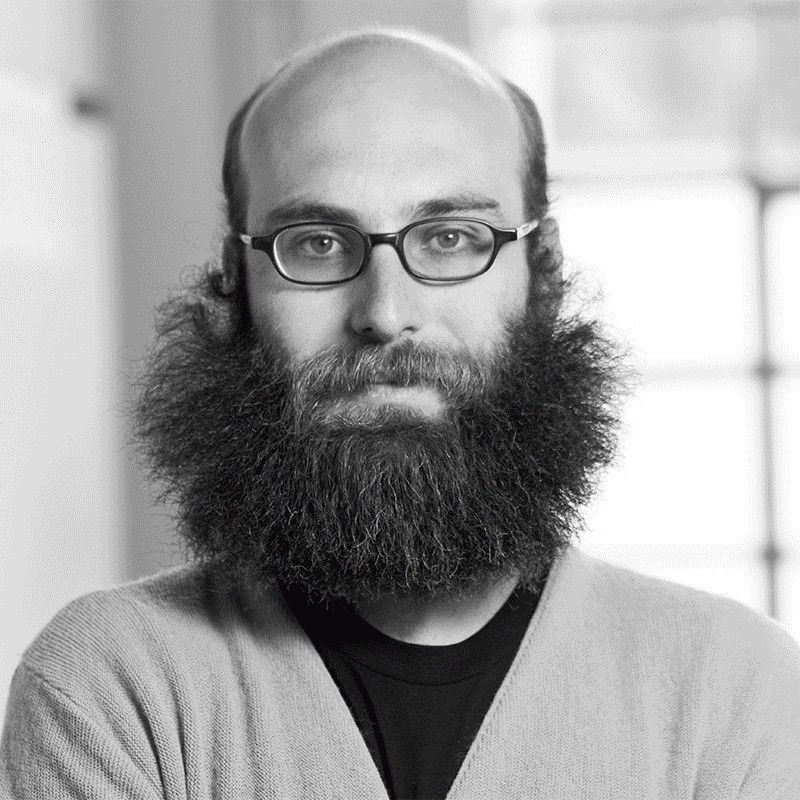
Team GoPop was able to build and launch from concept to product in just five months. They joined Matter’s first class in February 2013 with a stellar team and killer mission, but in terms of their sprinting ability, they were not quite in shape. Here’s how they trained up.
Standing to Walking
This team’s path was curvy and unconventional from the beginning. The three Co-Founders, Jesse Shapins, Kara Oehler, and James Burns first started working together in 2008 on a project called Mapping Main Street.
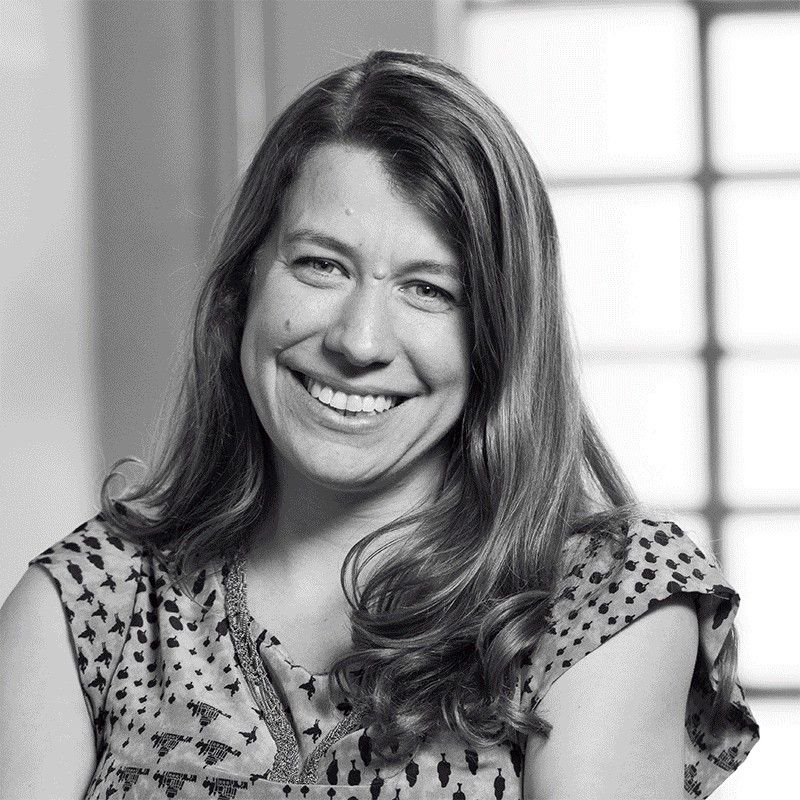
“At the time, there was a lot of talk about Wall Street versus Main Street, and we wanted to try and subvert that rhetoric,” says Kara Oehler, Co-Founder and Editor-in-Chief at GoPop.
The team lived out of a single Subaru station wagon while collecting stories, photos, and videos from roads called “Main Street” all across the country as part of the project.
They decided that what they found most compelling about Mapping Main Street were the stories. They wanted to empower others to tell stories in a very simple, user-friendly way that used all of the media now available on the web.
And, so Team Mapping Main Street became Team Zeega, an interactive digital storytelling platform, which was the concept they would eventually bring to Matter.
Walking to Running
Corey Ford met Kara and Jesse in Cambridge in the dead of winter in January 2012, right around the time Corey was thinking about building what would become Matter.
First impressions?
Corey: “No way are these entrepreneurs I would invest in. They described a non-profit that was going to revolutionize documentary filmmaking. I think Kara actually said, ‘We are not a venture. We don’t want anything to do with venture capital.’”
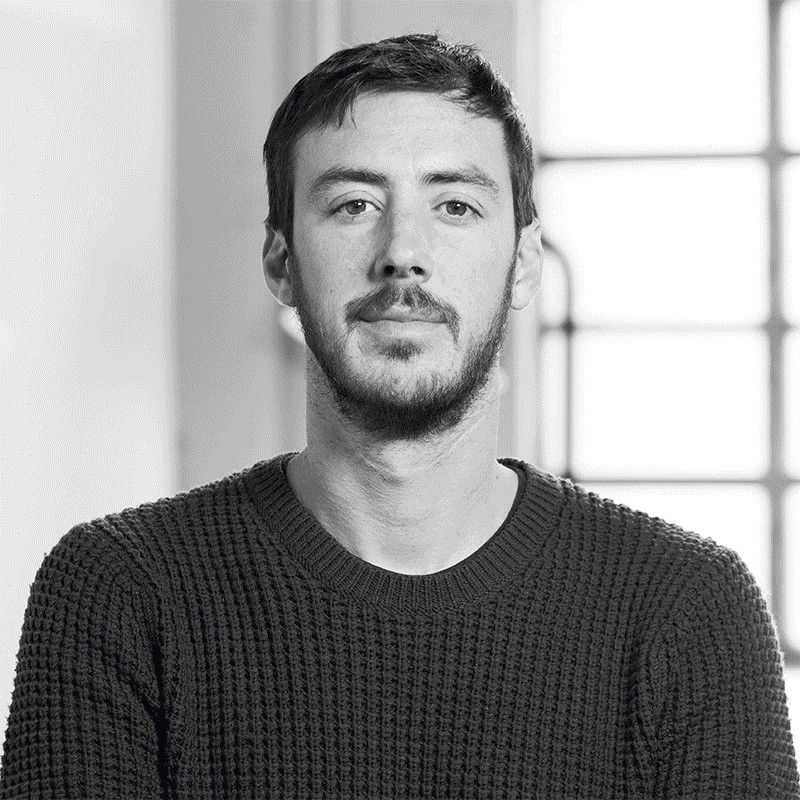
But Team Zeega was determined to be a part of the first Matter class.
“It seemed to be the perfect moment to keep our mission in tact and move into this world we knew nothing about,” says Kara.
So they decided to go all in — and make the tough decisions that going all in means. They said no to a multi-year consulting contract that would distract them from building a scalable product, and they figured out how to transition from a non-profit to a for-profit. And perhaps one of the hardest decisions, they committed to leave everything behind, their deep connections and the birthplace of their mission, and come to San Francisco and focus on building a start-up that would truly scale their impact.
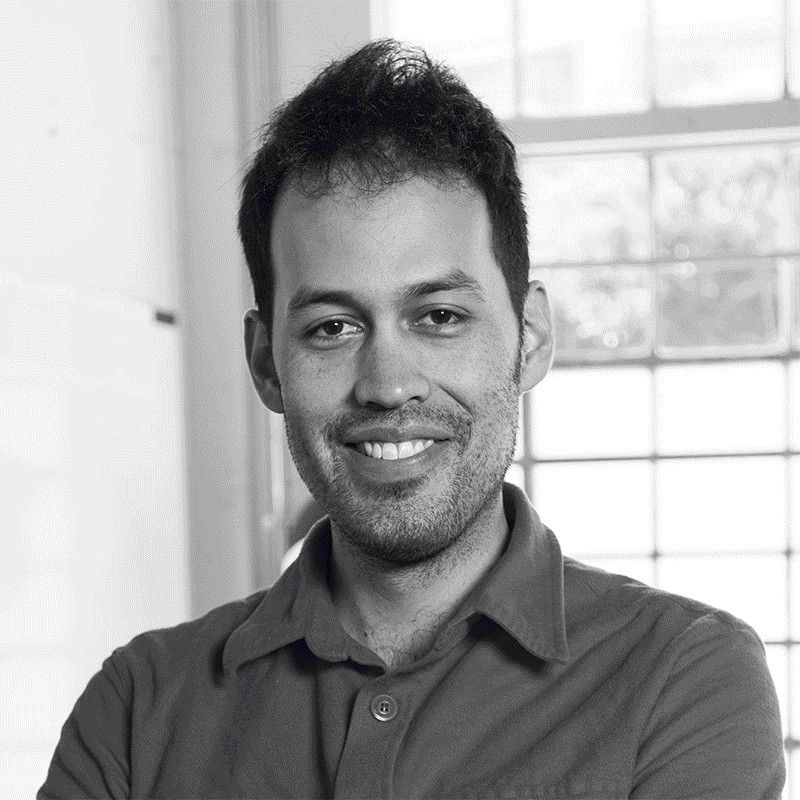
As William Faulkner said and as every entrepreneur knows, the toughest thing to do is “kill your darlings.” Holding on to anything and making it precious means certain death in the entrepreneur world. Zeega’s recognition of this fact and subsequent actions were clear indicators that they were ready to be at Matter.
“It became very clear that the team had evolved in their thinking in terms of wanting to build something that was more scalable and more accessible to a wider number of people,” says Corey. “And, most importantly, they made the tough decisions to start making it happen.”
Kara, Jesse, and James along with their three other team members, Joseph Bergen, Filipe Luis Brandao, and Ahmed Kabil, left everything in Cambridge and moved out to San Francisco to join the first Matter class.
Running to Sprinting
At Matter, the Zeega team proved themselves to be quick learners. In the first week, they gathered the whole team to watch Corey test the product in front of them. The result? A hundred post-it notes on what clearly did not work. But rather than despair, they leaned into the feedback and began to iterate.
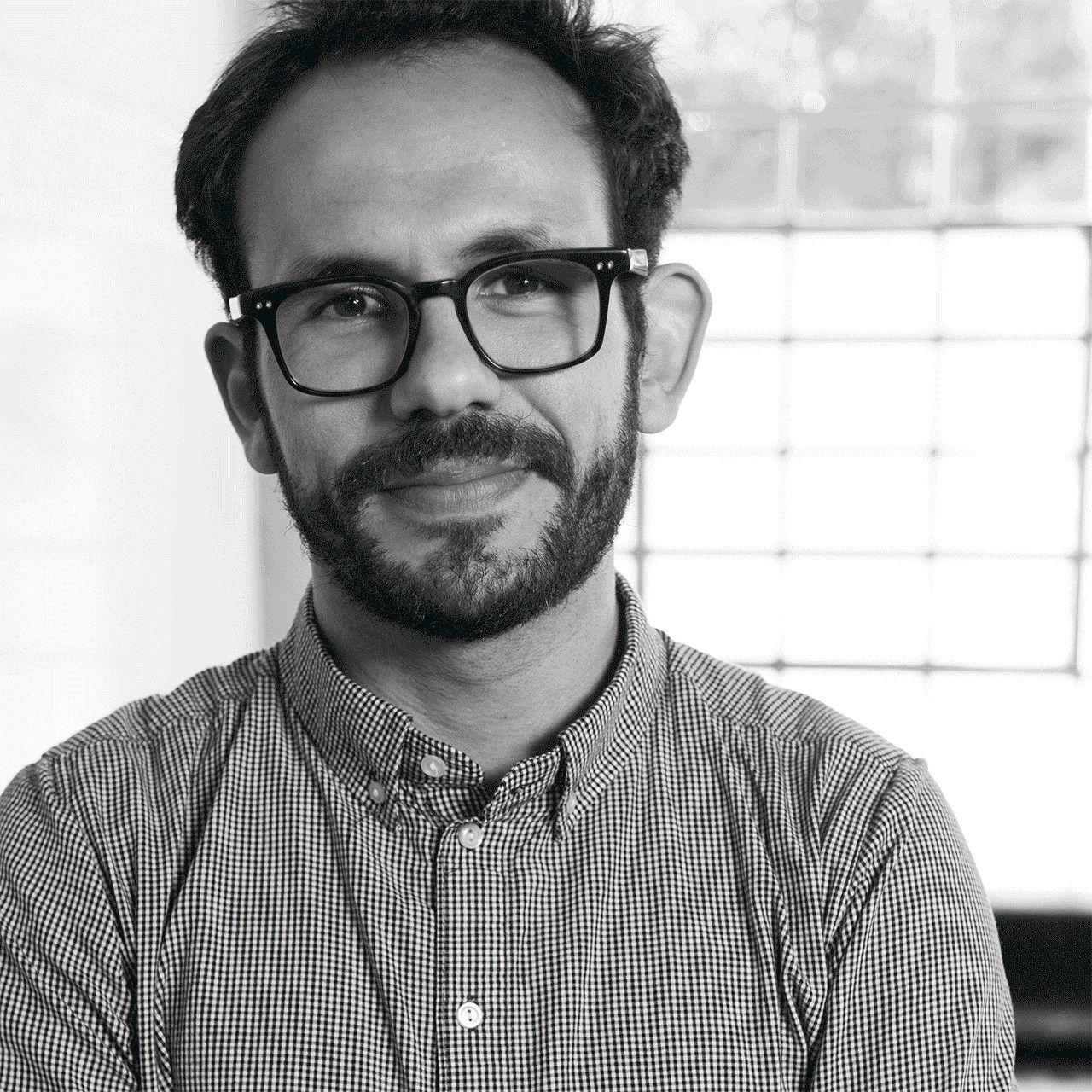
Each week in the Matter program they trained with focus and discipline. They got better and better at iterating, finding their team rhythm, learning from users, prototyping their ideas in serial, and incorporating feedback really quickly.
There came a point in the Matter program where the Zeega team had to face a difficult but important fact. Although Zeega was and is loved by a small community of storytellers, the design process revealed that the original product was too complicated to accomplish their larger goal of empowering others to tell stories in a very simple, user-friendly way. Their product wasn’t grounded in what it takes to truly empower the user and become as accessible as they wanted.
Knowing this didn’t hold them back. It was just a bump in the road.
“The day I knew that they were going to be successful was the day that I walked in 6 weeks into the program and they told me, ‘we just killed all the YouTube integration into Zeega.’”
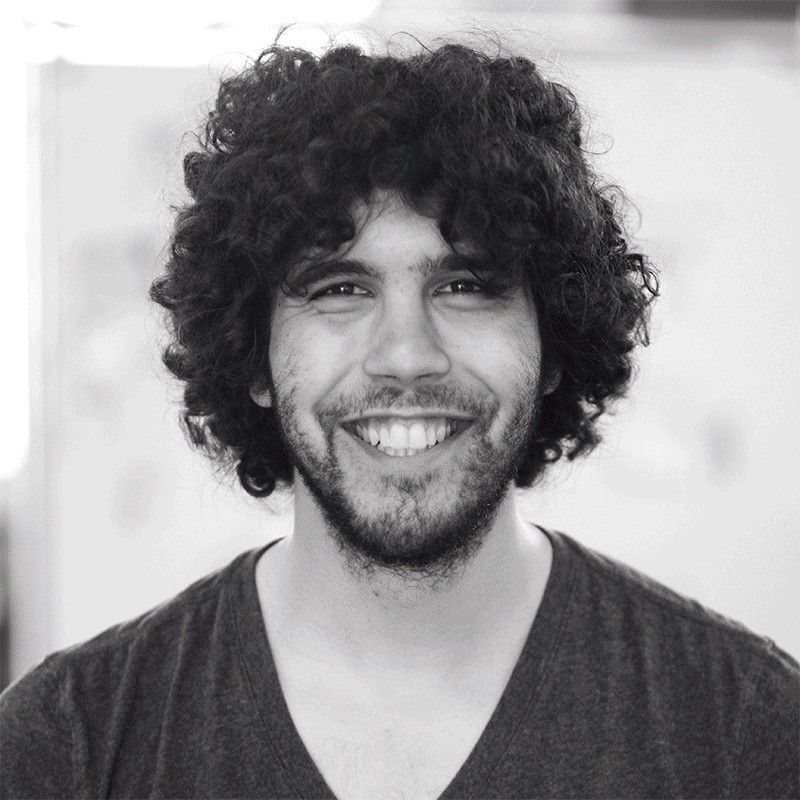
This was one of the main features of Zeega — the ability to remix YouTube videos on the Zeega platform itself. One of their main takeaways from user feedback was that this just wasn’t working for the user experience on mobile, so they decided to do one of the toughest things in this process. They killed their darling, and moved on.
Accelerating into the curve
The team launched Zeega in June 2013 at Matter One Demo Day and launched out of the Matter program. The next major focus was translating their learning into a mobile-first platform.
Kara recalls the day when all six team members spent a whole day at the whiteboards to daydream and imagine what we would build if Zeega didn’t exist.
“We each decided we were going to completely scrap everything we ever thought of with Zeega, and imagined what we would dream of making from scratch on a phone. We made these crazy schematics that ended up incorporating all the things we knew from architecture, radio storytelling, filmmaking, photography. It ended up being a drawing for what [GoPop] is today.”
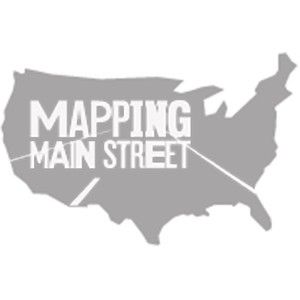
Determined and optimistic, they immediately began fundraising for this next generation mobile platform.
Not surprisingly, it was incredibly difficult, and there was some uncertainty as to whether they would be successful in raising the round or not.
“Inherently, new media apps are very risky. Often, the main way VCs de-risk a pre-product, seed-stage investment like this is through trusting startup backgrounds. This made it really hard for us because this was our first entrepreneurial venture and we’d never worked at places like Google, Facebook or Twitter,” says Jesse Shapins, CEO and Co-Founder of GoPop.
After being on the brink of running out of fuel, having worked for months without pay, they got the major commitment from the type of visionary investors they were looking for.
They closed a $500k round in October 2013 lead by Matt Mazzeo and Chris Sacca at Lowercase Capital with the Knight Foundation, Matter and some great angel investors joining in. This was enough money for the team to build an app and launch in February of this year.
Sprinting, Full-Steam Ahead
Sprinting in the fall, they proved they could build for mobile. In January, they raised an additional $600k, bringing in SV Angel and Advancit Capital, giving them a full year of runway.
Since GoPop’s launch in February, they have been featured on the App Store and formed a fun-loving, dynamic, and creative community of users around the world. Five months from concept to product (with no previous iOS experience!) A true athletic feat.
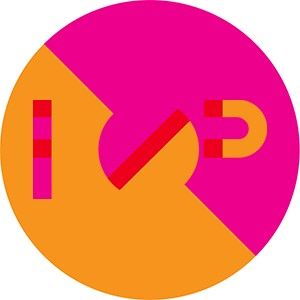
Jesse says, “Being able to say ‘okay, now we want to build something entirely new,’ was only because of the experiences we had at Matter where we were able to learn how to invent that quickly.”
And so they’re still sprinting, prototyping rapidly, and always bringing it back to the user.
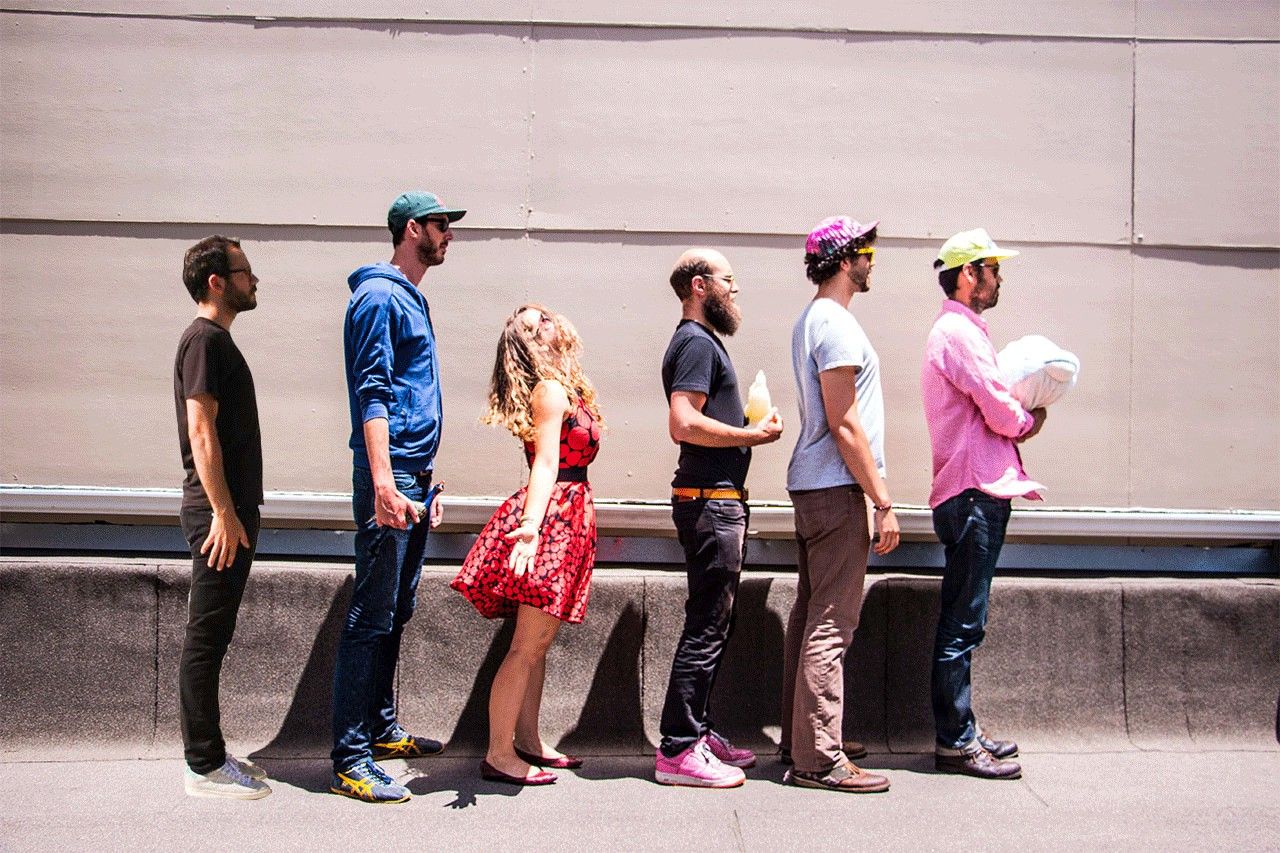
One of the user-designed experiences that have made GoPop so immersive and unique has been the connection and conversations with people you don’t know. Users have unlocked the app’s ability to share with and respond to others across the globe, and so today, GoPop 2.0 is launching with this conversation experience at its core. They’ve even gotten the Guinness World Records to approve a new category for the “Largest online album of face-swapped photos,” a form of conversation that has been particularly popular on the network.
GoPop 2.0 is reaffirming this team’s commitment to empower users to tell stories in fundamentally new and different ways. Since the beginning, their mission has stayed the same to its core, but now, thanks to human-centered, prototype-driven design, it has new running shoes and a much better stride.
Check it out here http://get.gopop.co

